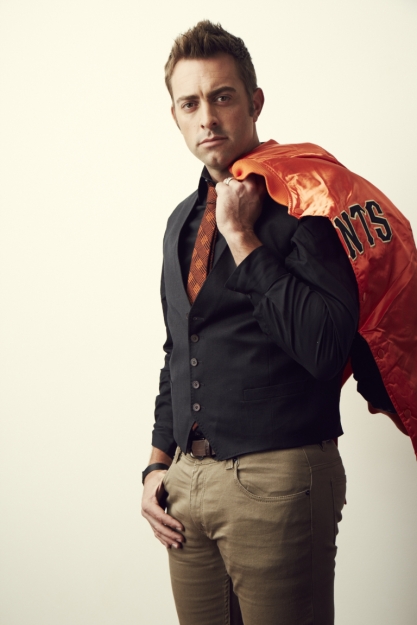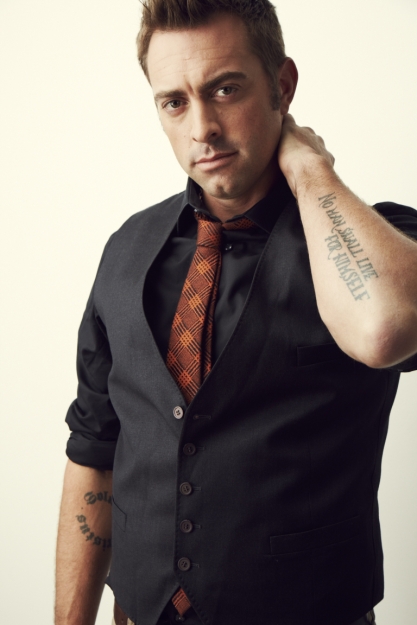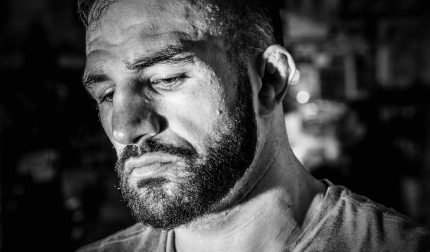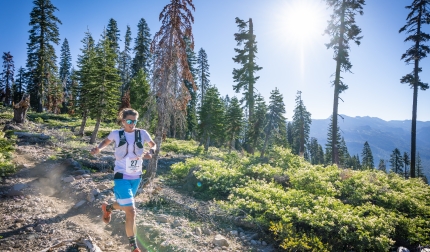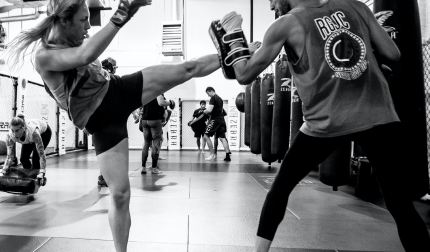Most athletes write books solely about their sporting achievements. Your book, To Stir a Movement, dedicates a lot of chapters to ending poverty. What made you decide to do this?
I grew up as a military kid. I lived in Guam. I had been over to Asia as a young boy. I saw different things and had been part of different scenarios. When I became a baseball player, I discovered that I go out there, I get booed, I get cheered, I win, I lose, I go home. I don’t understand why that has to be my purpose. So I had to find my purpose not just in the game, but in life. So I wrote the book not just for people in the game but also for everyone who is struggling to find a sense of purpose in their job or in their life.
Was it all that travel at an early age that inspired you?
I saw poverty. I’m not saying that as a young boy, I understood what I saw. I just saw it. And now that I’m older, and have a different perspective on life, I can view things differently. I see people hurting, not just in the city that I live in, not just in the city that I play in, but around the world. I have a strong conviction; I have a faith in Jesus Christ. But my view is to love your neighbor as yourself. It doesn’t matter what your religion is; it’s a positive thing that everyone can do. For me, when I love my neighbor as myself, I don’t just consider my neighbor the person next door, I consider my neighbor people around the world, so I try to help. There’s poverty everywhere. I don’t think that I alone can do this, but bringing awareness to what is going on in the world and the ability for me to dream big is something I can do. People born in some places, in the situations that they are in, they don’t always have the ability to dream that way. I want to try to provide awareness and opportunities for people to dream big.
Helping to end global poverty and human trafficking is a seemingly endless goal. What did you do as a first step?
I started a foundation that I can use to help 501c3’s accomplish different goals. Then I started my own 501c3 called Generation Alive. I wanted to educate, bring awareness and provide programs that would give youth from elementary school through college an understanding of what’s going on in the world, and give them opportunities to help alleviate that. There were some key goals.
Such as?
When you talk about putting in a fresh water well. It costs about $8,000 dollars. If you tell a high school kid that it costs $8,000, they are like, “I’ve got no shot.” But what if I told you that for one quarter, you could feed somebody? “I’m in, man. I’ve got a quarter in my pocket.” One of the programs we have is the Hunger Initiative. It costs 25 cents per meal, but the kids have to come package it. We set up big rooms with tables and systems where kids come in and put rice and soy and protein and vegetables, all dried, into bags seal them up and put it in a box. Just throwing a can in a bucket on these food drives is not going to do it. But if you can actually get these kids to be hands on, they have the ability to pass it on. Then they might have that $8,000 down the road to put in a water well. They might be able to build an orphanage, so that when kids are rescued out of human trafficking they have a place to go. All these things come from somewhere, I think they start at a young age, and I think we can begin to create these opportunities.
Hence the title of the book, To Stir a Movement.
I’m not a guy that started the movement. I’m a guy that’s joined this movement, but I want to inspire enough people to join, so that when you’re not loving your neighbor as yourself, you feel out of place. It’s not just athletes. I need a group of people who will come together regardless of their pay scale and help other people. When you see someone in need, if there’s a food situation, a well situation, wherever you see a poverty area, you have to create a sustainable opportunity so that people no longer have to live that way. When you do that, you cut down on human trafficking, slavery starts to go away. Then you’re going to have plenty of money around to create opportunities, because kids can now go to school when they’re not being trafficked or dying of hunger or water-borne illnesses. And now you’ve created a community that flourishes, and that’s the goal. You’re giving people the same opportunities that I’ve had or others had to start following their dreams.
Are there certain geographical regions where you have focused your work?
Early on, it was where are we seeing a lot of poverty? Africa, Haiti, South America, India, parts of Asia. My teammate Matt Cain and his wife joined my wife and I in building an orphanage in Gulu, Uganda, where all those kids were being used as soldiers in the Lord’s Resistance Army. So we helped rescue them. Then there was a place in Uganda that needed water wells. We put a few wells in there and now that community is flourishing! Put them in a few more communities—flourishing! Then we started looking at human trafficking. There was a village in Thailand and a lady rescues a lot of kids out of there. She’s with the group Not For Sale that I work with out of San Francisco. Now you say, time out. That’s all good. We’re doing good work and making a difference. But we have poverty right here. Most people need food right now. Without eating well, you can’t think and make good decisions. I wanted to focus on this as well.
Because our country is so wealthy, are these people often overlooked?
Yes, because we assume that they’ll be fine. You live in the US. You’re rich. Other people around the world are living on two dollars a day. You want music? Download it on your phone. You need water? The water in your toilet is better than the water we drink. Bu there is a lot of need here. What I’ve seen is kind of ironic. We’ve done Hunger Initiatives in the poorest schools in San Francisco, and these kids raise the money to feed people in South America, in Africa. But they’re poor. You go into a wealthy area, and it’s hard to get people to let go of a dollar. But you’re empowering people. When you go into a poverty-stricken area, these people have been shunned. They’re looked down upon, because they’re led to believe they’re not as good as other people. And you say no, you have the power to save another life. And you see them rise up. They’ve been pushed down for so long, because they’re not wealthy or they’re not in the middle class. And now all of a sudden you’ve empowered them, and they feel like they can go on to do great things. They understand what it means to help. It’s not necessarily the helping out. It’s how we help out and why we help out, empowering people to think they can help out. That’s going to bring a lot of power to people.
Jeremy Affeldt's book, To Stir a Movement, is now available at Amazon.com


